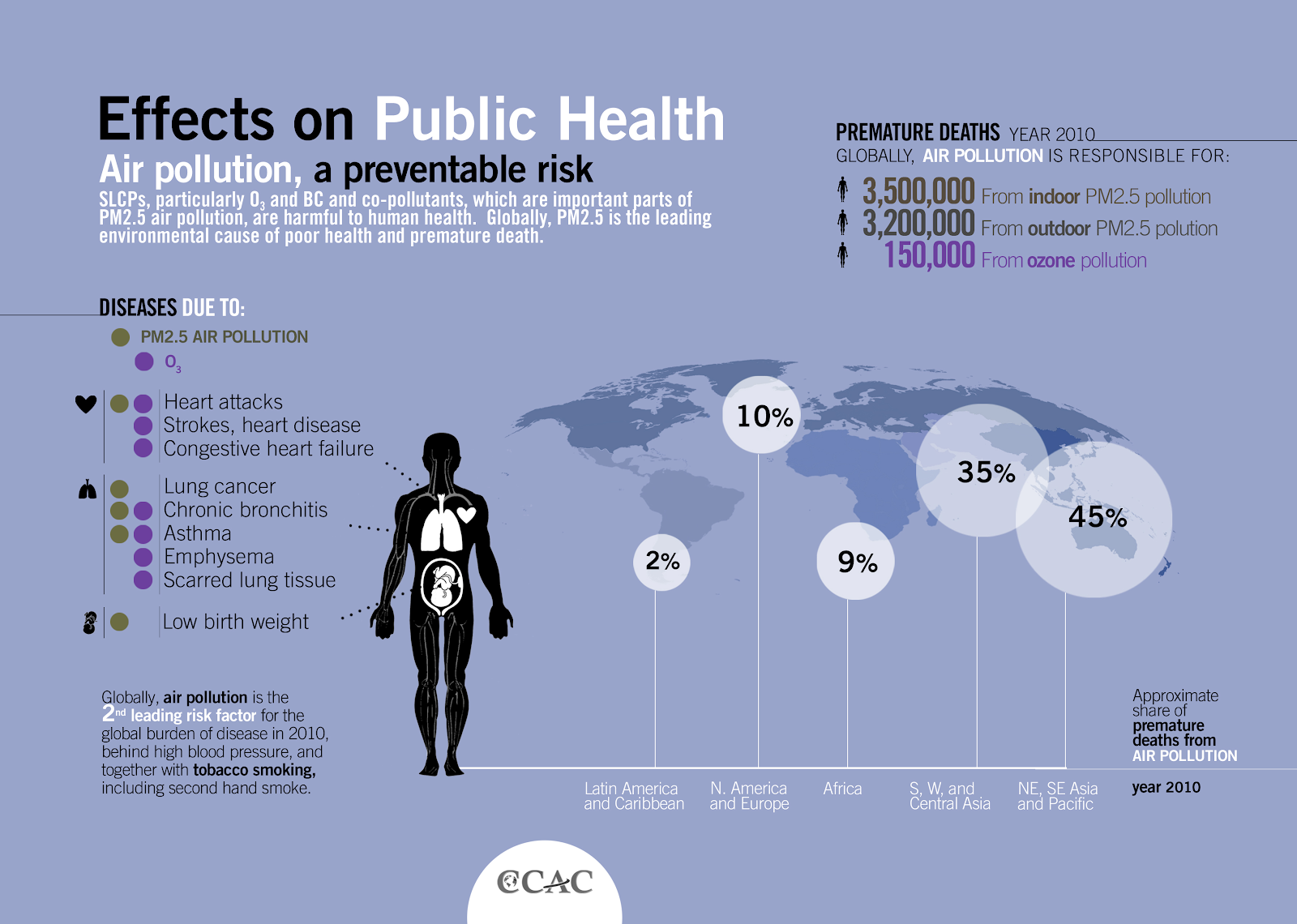 |
Image source: kayaconnect.org |
However, as Capt. Martin Sanders explains people do not realize that
occupational health and safety is not just about preventing accidents; it's
also about creating a safe and healthy work environment for all employees.
A Safe Work Environment For All
There are many essential benefits to having a robust occupational health
and safety program. For example, it can help reduce the number of workplace
injuries and illnesses, saving businesses money on workers' compensation costs.
It can also improve employee morale and productivity while creating a safer
work environment.
There are many valid reasons to have an occupational health and safety
program, but there are also some important things to keep in mind when creating
one. Here are a few tips as shared by Capt. Martin Sanders:
·
Ensure that everyone is aware of the Occupational Health and Safety Act
and the regulations that apply to their work.
·
Educate the people who work in the area about potential hazards in the
workplace and how to avoid them.
·
Ensure that every piece of machinery and equipment is adequately
maintained and safe to use.
·
Provide personal protective equipment (PPE) to employees who may be
exposed to hazardous materials or conditions.
·
Establish emergency procedures for dealing with accidents and incidents.
·
Regularly inspect the workplace to identify potential hazards and
correct them.
By following these tips, you can create a safe and healthy work
environment for your employees and help reduce the risk of workplace dangers
and hazards.
Would you add more to the list? If so, what tips would you include? Feel
free to share them with Capt. Martin Sanders in the comments below.
For more discussions on occupational health and safety by Capt. Martin Sanders, Ph.D., CSP,
bookmark this link.
Disclaimer: This site was prepared by Martin Sanders in his personal
capacity. The opinions expressed are the author's own and do not reflect the
views of the USPHS, the Department of Health and Human Services, or the United
States government.











